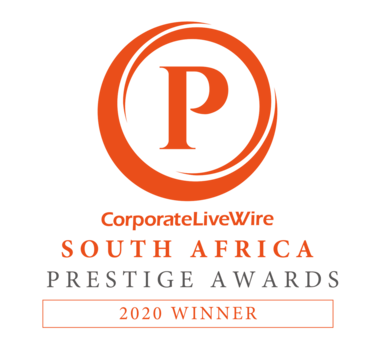Botswana is the definition of big sky country, with about 300 sunny days a year. The light is fantastic, especially that golden hour before twilight. It’s perfect to play with, whether you’re a novice or an experienced photographer. And with its incredible wildlife and extraordinary landscapes, a Botswana photo safari needs to be part of your portfolio.
Why Should You Go on a Photographic Safari in Botswana?
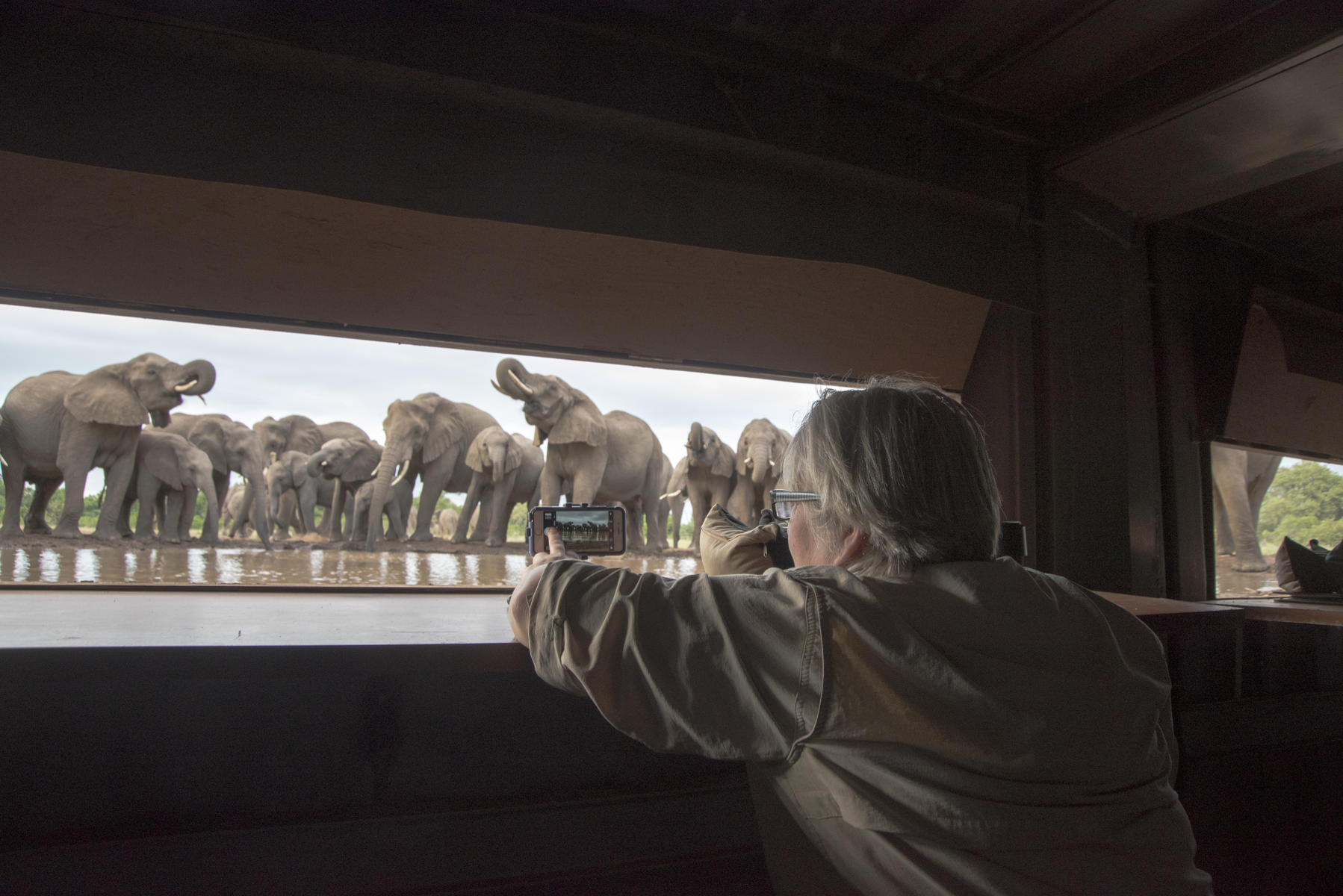
Diverse Visual Subjects
The surreal Makgadikgadi salt pans are a complete contrast to the lush Okavango Delta waterways. There’s also the semi-desert of the Kalahari and the rocky terrain of the Tuli Area. The Tsodilo Hills, a UNESCO World Heritage Site, have a unique landscape and are significant to San culture.
Expert Photography Guides
It’s true you can take great photos on traditional safaris, but photographic safaris cater specifically to the needs of photographers. Guides understand that you need more time and patience than usual to get the perfect shot. They also know how and where and at what angles to position vehicles for the best view.
Many guides on photographic safaris are photographers themselves, so you can expect helpful tips and tricks as you explore the wilderness together. They will also help you anticipate animal behaviour for the best shots.
Access to Exclusive Areas
Botswana photo safaris can include excursions to less-frequented places, which means fewer fellow tourists. You get exclusive photo opportunities with minimal distractions and a front-row seat to a variety of prime animal viewings.
For Novice and Professional Photographers
Because of the skilled guides and trackers, myriad wildlife, landscapes, and vibrant cultures, a Botswana photo safari is good for newbie and skilled photographers.
What to Expect on a Botswana Photo Safari
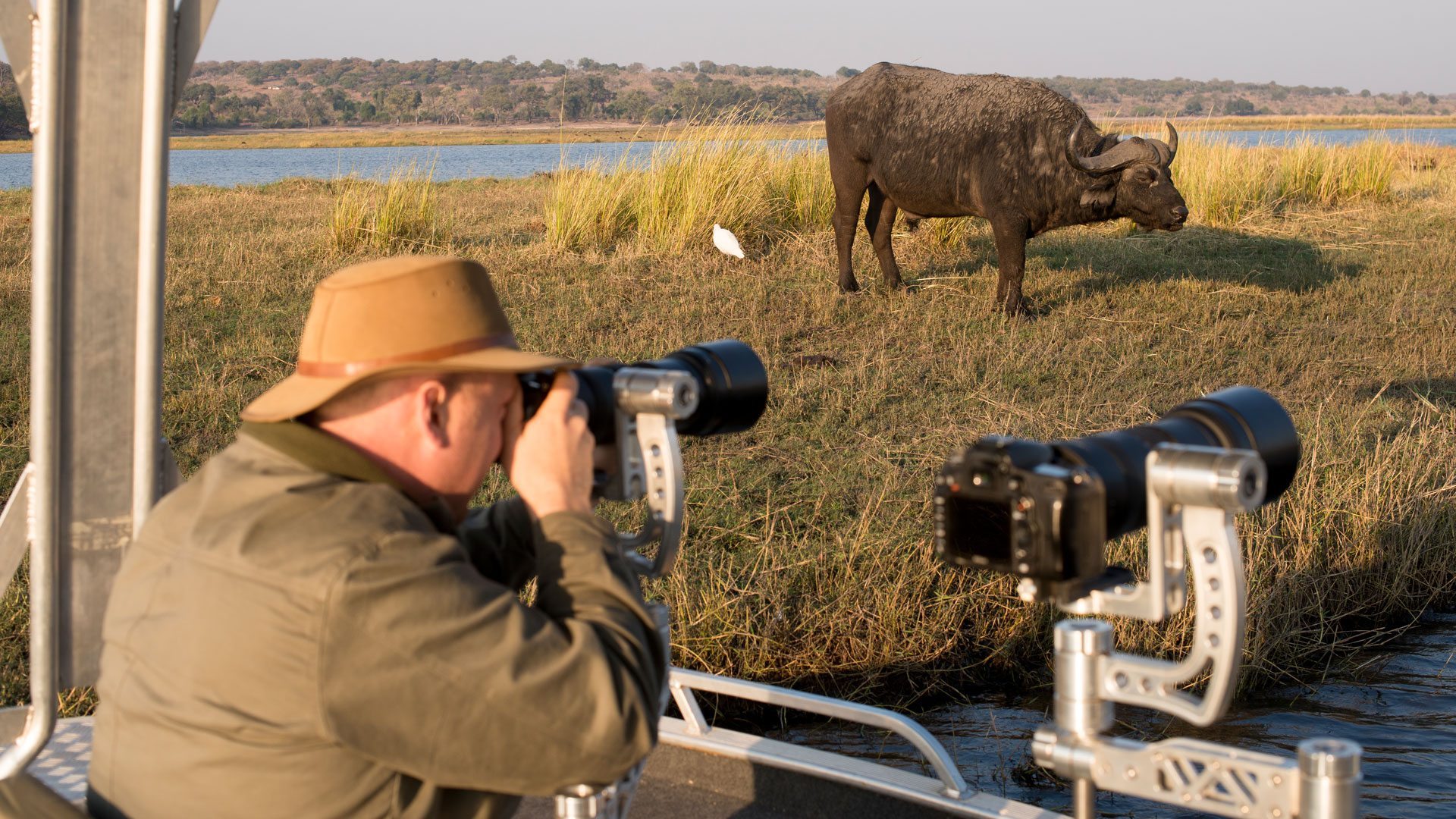
- Wildlife and mesmerising landscapes: From massive elephant and buffalo herds, majestic lion prides, and elusive leopards to grunting hippos, crocs gliding in the water, and over 600 bird species. There are also many different landscapes, including river systems and waterways, salt pans, savannahs, and riverine woodlands.
- Game drives: Game drives, morning and evening, are in open vehicles with trained guides and trackers who know where to look for animals.
- Walking safaris: Get a low-angle perspective and track animal behaviour up close on foot with expert guides.
- Mokoro excursions: Seeing the wilderness from a mokoro (canoe) is entrancing – quite different from any other vantage point.
- Luxe accommodation: Luxury safari tents and lodges blend high-end comfort with the wilderness experience.
Best Destinations for Photographic Safaris in Botswana
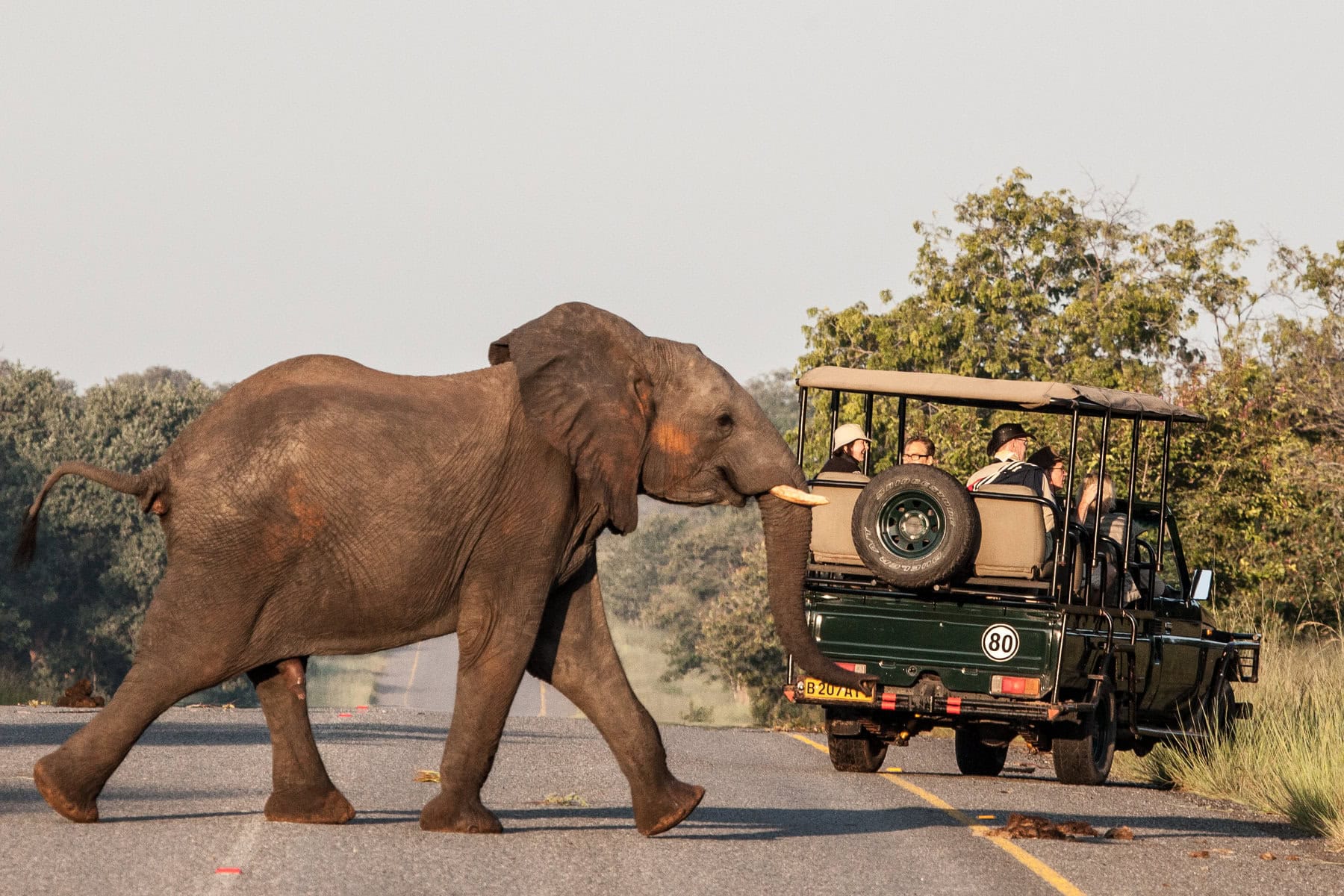
Okavango Delta
The Okavango Delta is safari heaven in both the wet and the dry seasons. In the dry season, the waterways are full – they peak in August – making it the ideal time for mokoro safaris. In the wet season (November-March), the vegetation is lush and the birdlife magnificent.
Mababe
The ancient lakebed landscape of Mababe, an expansive grassland area between the Okavango and Chobe, is less crowded and has grasslands, mopane woodlands, and wetlands. It’s known for predator-prey action, large herds of buffalo, and excellent birding, which means it’s a good place for photography.
Chobe National Park
Chobe is divided into the Chobe Riverfront, Serondela, Savute, Linyanti, and Nogatsaa Pans. They all have their own distinct landscapes and wildlife. Remote and wild Savute is known for large predators such as lions and cheetahs and the Linyanti wetlands are known for species diversity.
Makgadikgadi Pans
There are so many reasons to go to Makgadikgadi Pans, one being the zebra migration. Thousands of zebras (followed by predators, of course) migrate across the pans during the wet season, from December to March.
During the dry season, the Makgadikgadi Pans stun with the most surreal landscapes imaginable. The pans are best for desert-adapted wildlife, flamingo breeding colonies, the chance for close encounters with meerkats, and cultural insights from the San.
When To Go
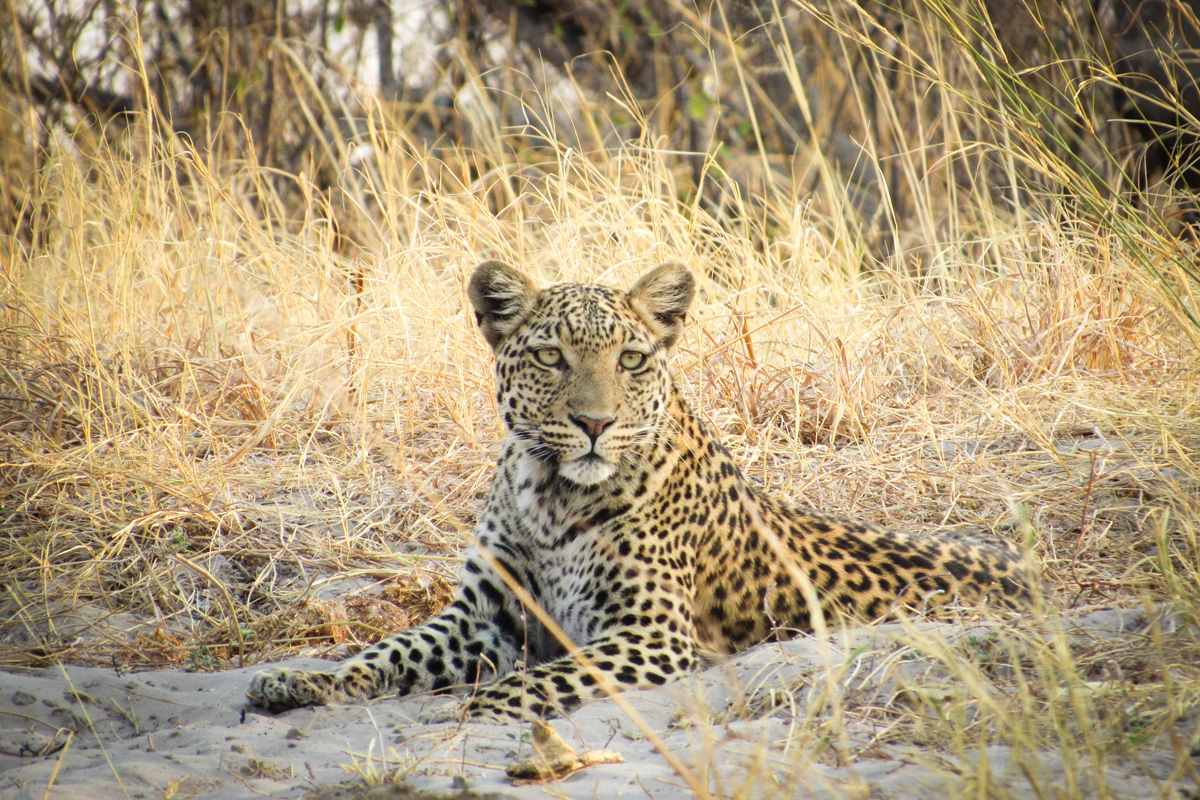
The dry season (April to October) is ideal for photography because of the increased animal concentrations at waterholes.
However, if your dream subject matter is birdlife and lush, green scenery, consider the wet season. November to March brings more rainfall, but this time of year also welcomes migratory bird species, which creates a mesmerising spectacle for photographers to capture.
5 Tips for a Botswana Photo Safari
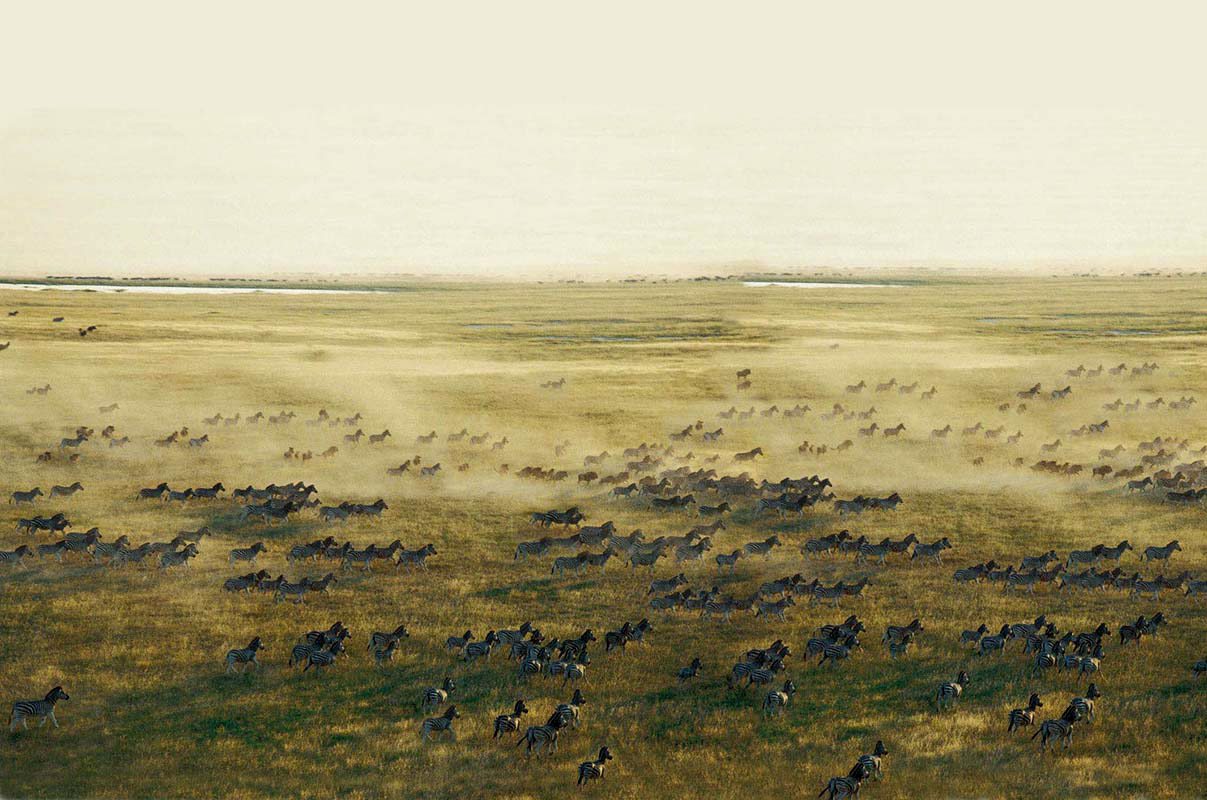
1. Pack the Right Equipment
Bring a sturdy camera with a telephoto lens for wildlife shots. Also, pack extra batteries and memory cards so that you don’t miss out on any moments.
2. Use a Camera Stabiliser
A safari 4×4 trip can be incredibly bumpy. Bring a camera stabiliser so you can still capture the best shots possible. Some lodges have vehicles adapted to maximise opportunities for the best clean, stable, and well-composed shots of wildlife (let us know if that’s something you’d like including in your Botswana safari).
3. Take Advantage of Golden Hour
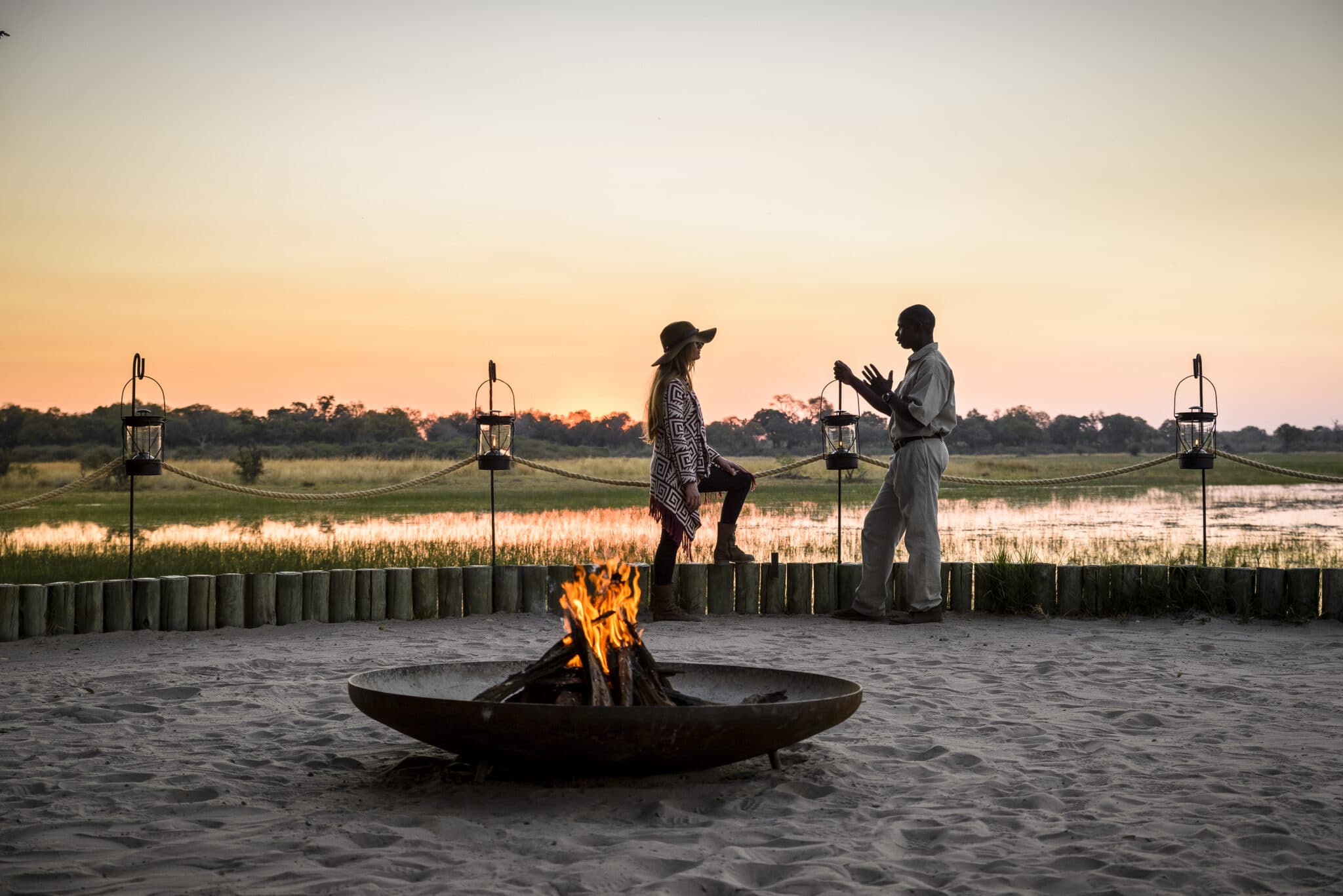
The early morning and late afternoon offer the best lighting for photography. Skilled guides will make sure you’re out there at the best time for shooting.
4. Protect Your Equipment
Pack gear bags to shield equipment from dust and moisture. Include a dry bag for mokoro and boat safaris.
5. Practice
Don’t learn how to use your camera while on a Botswana safari. Familiarise yourself with your camera settings before your trip.
Ready to Capture Your African Chapter?
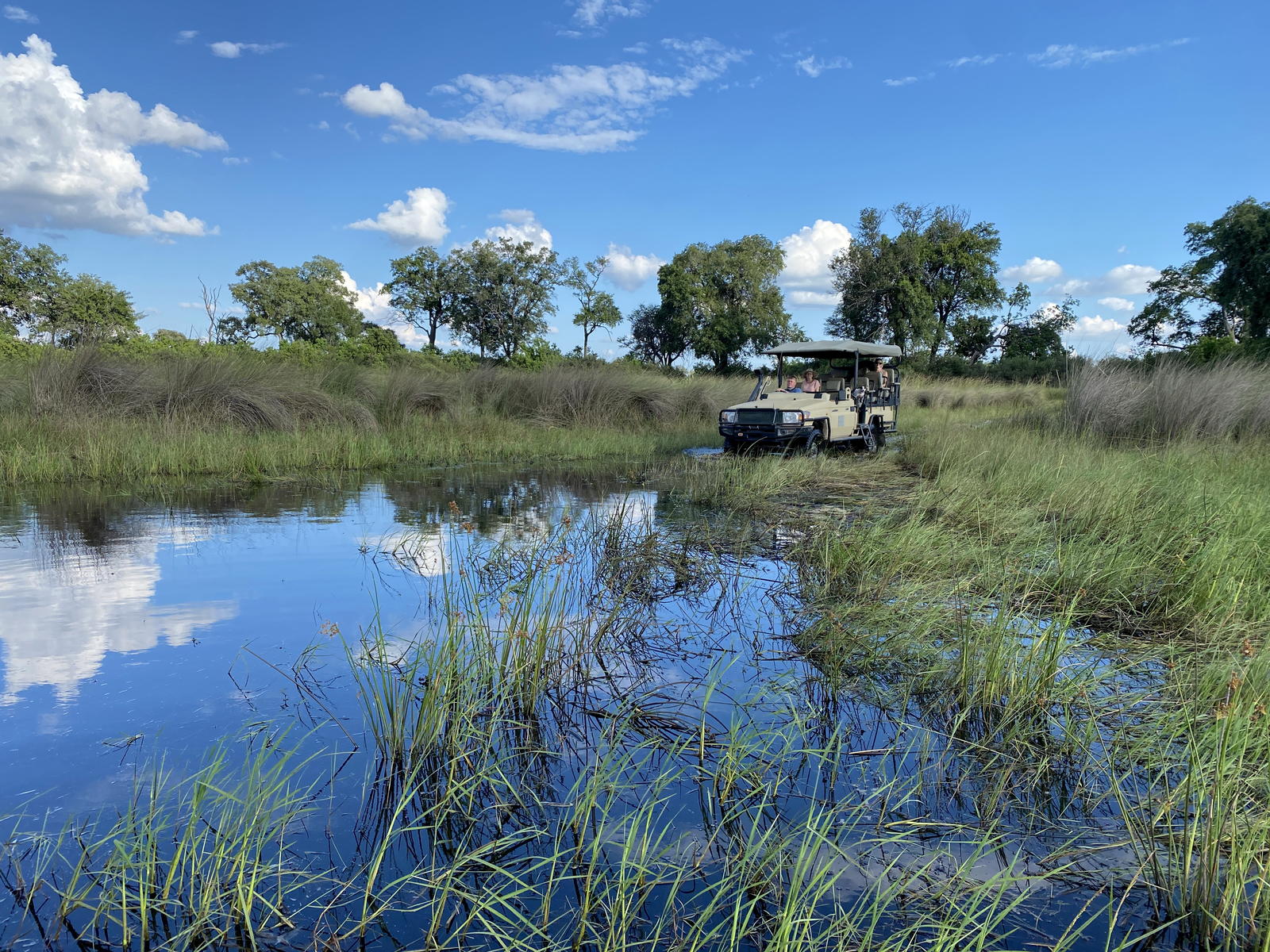
From golden light highlighting expansive grasslands to the otherworldly beauty of the Makgadikgadi Pans, Botswana offers a portfolio of moments waiting to be framed. You’ve prepared your gear, envisioned the scene, and now it’s time to make this dream trip a reality.
Let’s start crafting a journey designed to place you in the perfect spot, at the perfect time. Speak to one of our safari experts, and let’s begin planning your Botswana photo safari adventure.






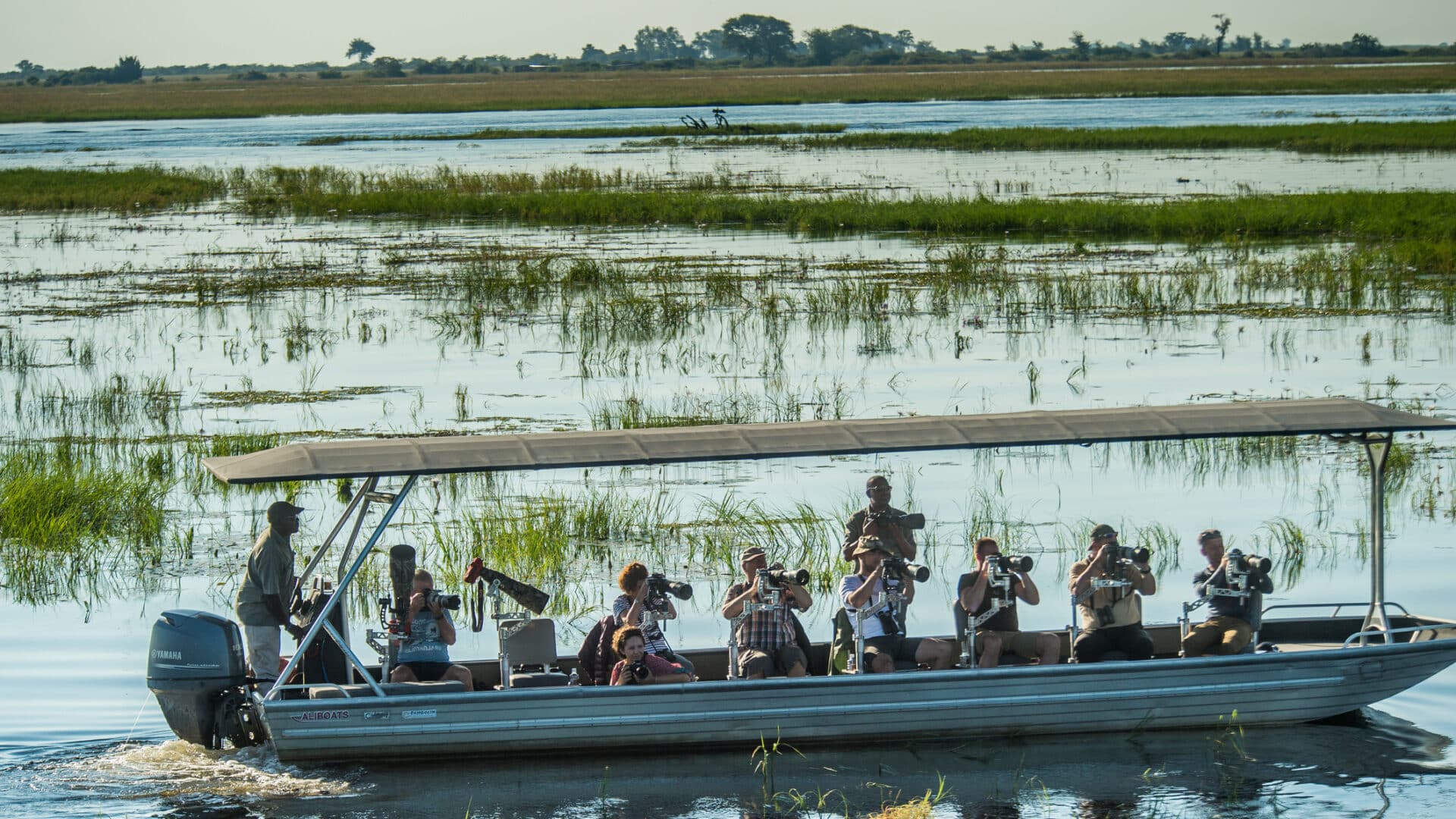



 Copy Link
Copy Link
 Share on LinkedIn
Share on LinkedIn
 Share on Facebook
Share on Facebook








